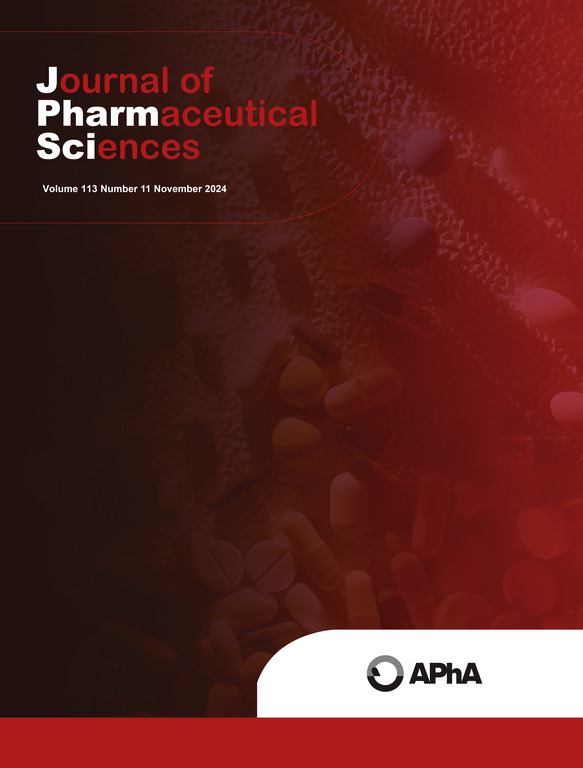Review on macromolecule-based magnetic theranostic agents for biomedical applications: Targeted therapy and diagnostic imaging
IF 3.7
3区 医学
Q2 CHEMISTRY, MEDICINAL
引用次数: 0
Abstract
Clinical diagnostics and biological research are advanced by magnetic theranostic, which uses macromolecule-based magnetic theranostic agents for targeted therapy and diagnostic imaging. Within this review, the interaction of magnetic nanoparticles (MNPs) with biological macromolecules will be covered. The exciting potential of macromolecule-based magnetic theranostic agents to be used as a tool in drug delivery, photothermally therapy (PTT), gene therapy, hyperthermia therapy and photodynamic therapy (PDT) will be discussed. Innovative imaging technique: magnetic resonance imaging (MRI), magnetic particle imaging (MPI), fluorescence scanning, and photoacoustic scanning are revolutionizing biological diagnosis by potentially overcoming historical limitations. This review will cover the challenge of fabricating of macromolecule-based magnetic theranostic agents as a promising platform for theranostic that can combine therapies with diagnostics at subcellular level. Additionally, it looks at several chemical pathways leading to the process for generating MNPs, including the co-precipitation, the sol-gel, the hydrothermal synthesis, the polyol route, and the microemulsion technique. Eventually, the demands and prospects for magnetic theranostic are discussed, focusing on the requirement of further investigation to improve MNP structure towards biocompatible material and translation of these promising theranostic agents into clinical applications.

高分子磁性治疗剂在生物医学中的应用综述:靶向治疗和诊断成像。
磁性治疗是利用基于大分子的磁性治疗剂进行靶向治疗和诊断成像,推动临床诊断和生物学研究的发展。在这篇综述中,磁性纳米颗粒(MNPs)与生物大分子的相互作用将被涵盖。本文将讨论大分子磁性治疗剂在药物递送、光热治疗、基因治疗、热疗和光动力治疗等方面的应用前景。创新成像技术:磁共振成像(MRI)、磁颗粒成像(MPI)、荧光扫描和光声扫描正在彻底改变生物诊断,有可能克服历史局限性。这篇综述将涵盖制造基于大分子的磁性治疗剂的挑战,作为一种有前途的治疗平台,可以将治疗与亚细胞水平的诊断结合起来。此外,它还研究了几种导致产生MNPs过程的化学途径,包括共沉淀,溶胶-凝胶,水热合成,多元醇途径和微乳液技术。最后,讨论了磁性治疗的需求和前景,重点讨论了进一步研究以改善MNP结构的生物相容性材料和将这些有前景的治疗药物转化为临床应用的需求。
本文章由计算机程序翻译,如有差异,请以英文原文为准。
求助全文
约1分钟内获得全文
求助全文
来源期刊
CiteScore
7.30
自引率
13.20%
发文量
367
审稿时长
33 days
期刊介绍:
The Journal of Pharmaceutical Sciences will publish original research papers, original research notes, invited topical reviews (including Minireviews), and editorial commentary and news. The area of focus shall be concepts in basic pharmaceutical science and such topics as chemical processing of pharmaceuticals, including crystallization, lyophilization, chemical stability of drugs, pharmacokinetics, biopharmaceutics, pharmacodynamics, pro-drug developments, metabolic disposition of bioactive agents, dosage form design, protein-peptide chemistry and biotechnology specifically as these relate to pharmaceutical technology, and targeted drug delivery.

 求助内容:
求助内容: 应助结果提醒方式:
应助结果提醒方式:


